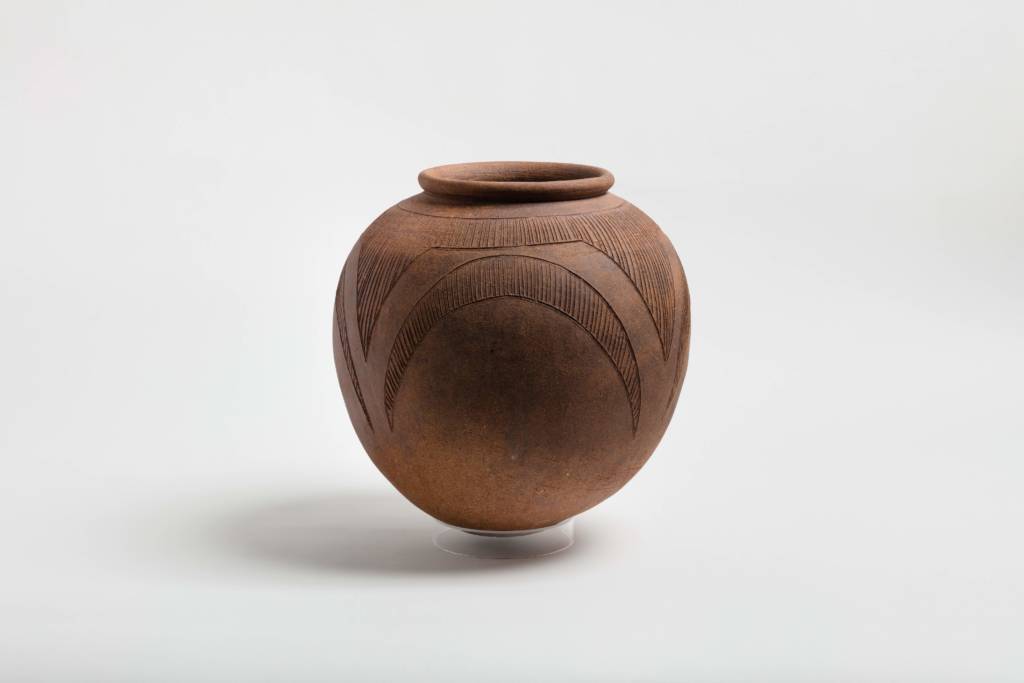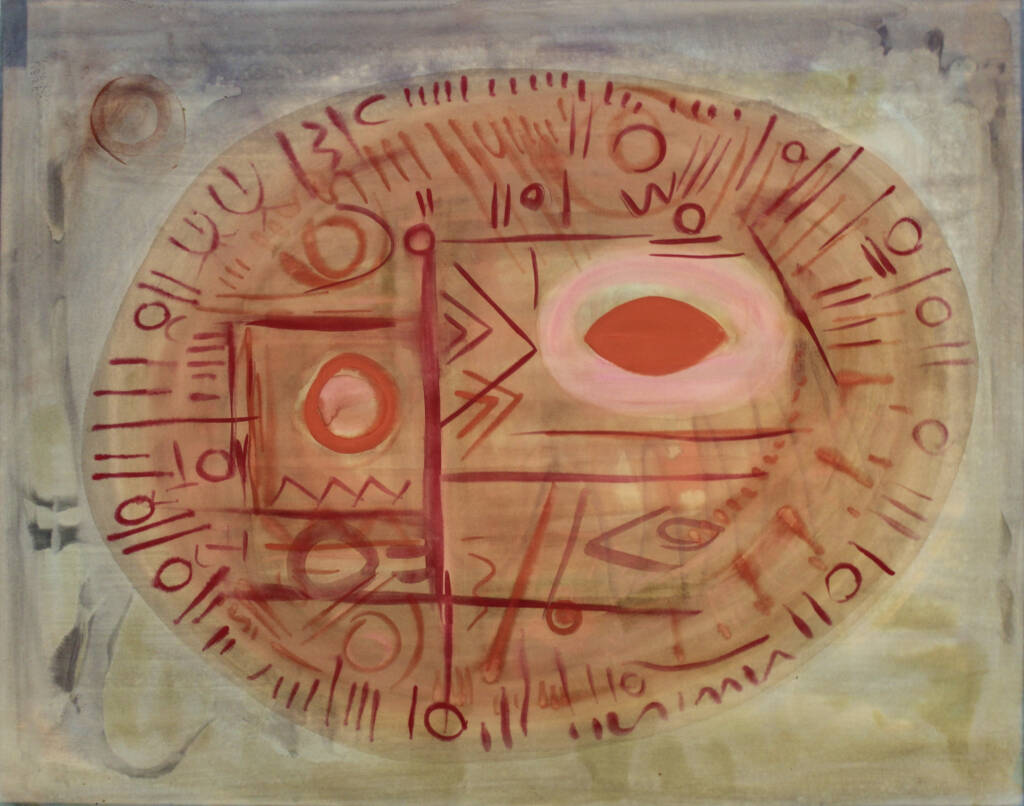
Curator Diary - What is a Collection for?
06 May 2022
In most museums and galleries, only a small proportion of the total collection is ever on display at one time. Which artworks are routinely selected for display? Why do other works remain in storage and what stories might they tell if we let them?
In the latest Curator Diary, Amber Li, Future Collect Curatorial Trainee, looks deeper into Wakefield's permanent art collection.
When I began my role as Future Collect Curatorial Trainee in June 2021, these were some of the questions I began asking about the collection at The Hepworth Wakefield. Future Collect is a partnership project between the gallery and iniva aimed at transforming the way British public art institutions collect. As part of this, it seeks to examine the role that public collections play in our complex and multicultural society, interrogating whether they truly reflect the diversity of contemporary Britain.
Towards this goal, I began by researching works by artists of the Global Majority in Wakefield’s art collection. During this process, I came across some beautiful works. Favourites include Magdalene Odundo’s early ceramic piece, Esinasulo and Kim Lim’s stunning sculpture, Day (1966), currently on display in The Hepworth Wakefield Garden. The past couple of years have seen a significant number of works by artists of the Global Majority acquired for the collection, including pieces by Alvaro Barrington, Rachel Jones, Jadé Fadojutimi, and Mona Hatoum, all of which can be seen in our current exhibitions.
However, this is not the whole story. Works by artists of the Global Majority still make up less than 1% of our total collection, reflecting a historic lack of collecting diversely. Furthermore, much of this work has rarely been displayed. This echoes a larger pattern of neglect which is found across our public art collections nationally.
Research by artist Sonia Boyce and academic Dr Anjalie Dalal-Clayton for the Black Artists and Modernism project identified over 400 works by artists of the Global Majority in collections, many of which have remained in storage over the years. Owing to historic institutional racism, contributions by artists of the Global Majority to British modern art are only now beginning to receive wider recognition.
The term ‘Global Majority’ was coined by Rosemary Campbell-Stephens MBE to describe people who are ‘Black, Asian, Brown, dual-heritage, indigenous to the global south, and or have been racialised as ‘ethnic minorities’’. It is intended as an empowering phrase which recognises that ‘minority’ is a category imposed on people who globally make up a majority. I use this term to move away from questioning who is marginalised in our society, and towards asking what creates marginalisation instead, such as the historic and current role of systemic racism. Amber Li
While researching our collection, I came across two paintings by Prafulla Mohanti, Floral Theme (1962) and Composition (1960s), which hadn’t been displayed since the early 1960s. I was struck immediately by their large size and their incredible vibrancy – the works seemed to pulsate with colour. The images really stayed with me, and a chance encounter a few weeks later led to my meeting Prafulla himself. Over the course of several visits to his house and studio, which was filled from top to bottom with his work, Prafulla shared many stories of his life and art.
Born in the village of Nanpur, in Odisha, India in 1936, Prafulla had a colourful childhood in which life and art were intermingled. His work, which spans paintings, textiles and performance, explores the links between creation and destruction, art and healing. Prafulla’s encounter with Wakefield City Art Gallery, where the collection was housed before The Hepworth Wakefield was created, took place when he first moved to the UK to study town planning in Leeds. Shortly after his arrival, the Commonwealth Immigrants Act 1962 was introduced. It imposed strict immigration controls on citizens of Commonwealth countries who were previously able to freely migrate to the UK. Such legislation was alienating and dehumanising for Prafulla, who found himself turned ‘into an immigrant who was not wanted in Britain.’
It was during this time that Prafulla met Ronald W. Gelsthorpe, then-director of Wakefield City Art Gallery, who invited him to participate in the group show Modern Art in Yorkshire 1964. The exhibition series had been initiated by director Helen Kapp in the 1950s as a way to showcase local artists, in keeping with Wakefield’s support of Barbara Hepworth and Henry Moore early in their careers. Gelsthorpe’s subsequent purchases of Floral Theme and Composition represented the first acquisitions of Prafulla’s work by an art institution. In my conversations with Prafulla, he commented on how remarkable it was to be identified as a modern, Yorkshire artist at a time when racism and hostility towards immigration was on the rise.
I was astonished to find such an incredible story in the collection. The many fascinating and meaningful conversations I had with Prafulla also demonstrate the importance of talking to living artists about their work in the collection. Through spending time with the artist at his studio, I was able to curate Prafulla Mohanti: Full Circle, a show of Prafulla’s work which takes his encounter with Wakefield in the 1960s as its starting point, and which invites the viewer to spend some time in quiet meditation.
The rediscovery of Prafulla’s work in our collection is an example of how art collections generally can be enriched by redressing historic racism in our institutions. Reevaluating past failings and difficult histories enables us to change the future of our collections, as we reconsider what we collect and how we display it. This process of reconsideration should always be active, ongoing, and subject to discussion and change, just as the society which our public art collections seek to serve is always changing.






